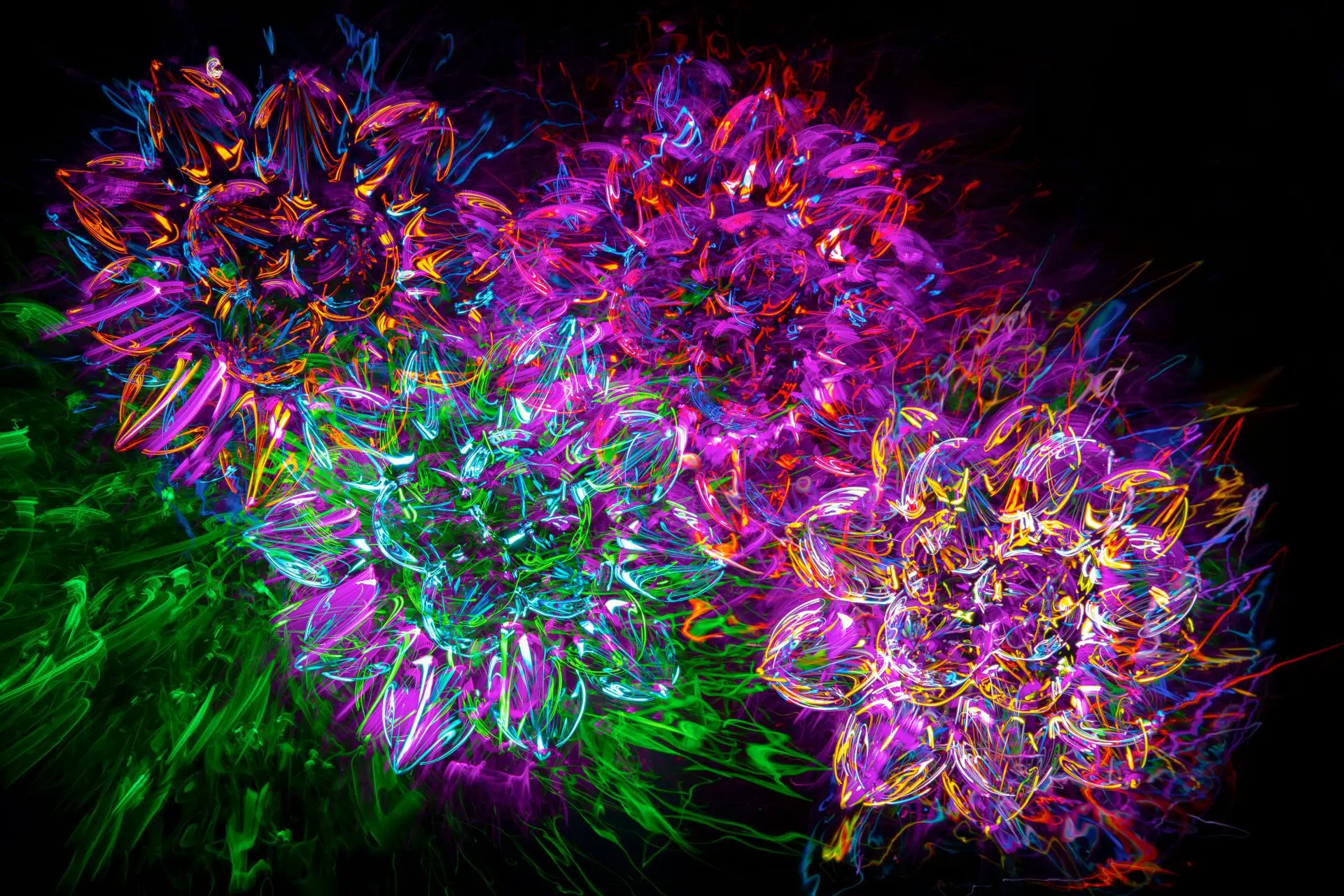Hilot Techniques: Therapeutic Touch in Filipino Healing

Looking for more amazing products? Check out our online store and explore our collection here! Happy shopping!
Before diving in, please note: This post is for informational purposes only. If you’d like to know more about how we approach topics, feel free to check out our friendly Disclaimer Page.
Hey there, amazing readers! 
We’re committed to delivering quality posts, and your support (even just sticking around despite the ads) means everything to us. So, bear with us, and thanks for helping us keep the good vibes rolling. Now, on to the fun stuff!
TRANSLATE BUTTON AT THE END OF THE ARTICLE
A Quick Overview
Hilot techniques are a traditional form of therapeutic touch used in Filipino healing practices.
With roots tracing back to ancient times, hilot is deeply ingrained in Filipino culture and beliefs.
This holistic approach to healing involves a combination of massage, herbal remedies, and spiritual rituals to address physical, emotional, and spiritual ailments.
Hilot practitioners, known as manghihilot, use their hands to detect and treat imbalances in the body, aiming to restore harmony and well-being.
This article explores the history, principles, benefits, process, tools, training, modern applications, cultural significance, comparisons with Western practices, research, and the future of hilot in the field of healing arts.
Introduction to Hilot Techniques
Hilot is a traditional Filipino healing practice that encompasses various therapeutic techniques to promote overall wellness.
The term "hilot" itself means to massage or to apply pressure on specific points of the body to alleviate pain or discomfort.
Beyond physical manipulation, hilot also involves the use of herbal remedies, prayers, and rituals to address the root causes of illness.
Practitioners believe that the body, mind, and spirit are interconnected, and any imbalance in one aspect can lead to disease or discomfort in another.
By restoring harmony within the individual, hilot aims to promote holistic healing and well-being.
History and Origins of Hilot
The practice of hilot dates back thousands of years in the Philippines, long before the arrival of Western medicine.
It was passed down from generation to generation through oral traditions and apprenticeships.
Hilot was practiced by ancient healers known as "albularyos" who possessed knowledge of herbs, massage techniques, and spiritual rituals.
These healers were highly respected in Filipino communities for their ability to treat a wide range of ailments, from physical injuries to emotional distress.
Over time, hilot evolved to incorporate influences from Chinese, Malay, and Spanish healing traditions, creating a unique blend of techniques that are still used today.
Principles of Filipino Healing
Filipino healing is guided by several key principles that underpin the practice of hilot.
Central to this approach is the belief in the interconnectedness of the body, mind, and spirit.
Practitioners view illness as a manifestation of imbalance within these aspects and seek to restore harmony through hilot techniques.
Another principle is the importance of nature and natural remedies in promoting health and healing.
Herbal medicines, oils, and other natural substances are often used in hilot treatments to support the body’s own healing processes.
Additionally, Filipino healing emphasizes the role of spirituality and energy in maintaining well-being, with prayers and rituals playing a significant role in the healing process.
Benefits of Therapeutic Touch
Hilot offers a wide range of benefits for both physical and emotional well-being.
The therapeutic touch used in hilot techniques can help relieve muscle tension, improve circulation, and promote relaxation.
This can be especially beneficial for individuals experiencing chronic pain, stress, or fatigue.
Beyond the physical benefits, hilot also addresses emotional and spiritual needs by creating a sense of balance and harmony within the individual.
Many people find hilot to be a deeply relaxing and rejuvenating experience that not only addresses their physical symptoms but also provides a sense of overall well-being.
Traditional Hilot Process
The traditional hilot process typically begins with a thorough assessment of the client’s condition, including physical symptoms, emotional state, and spiritual well-being.
The manghihilot uses their hands to detect areas of imbalance or blockages in the body’s energy flow.
They then perform massage techniques, using various strokes and pressures to release tension, improve circulation, and stimulate the body’s natural healing processes.
Herbal remedies, such as oils, poultices, or teas, may also be recommended to support the healing process.
Throughout the treatment, prayers and rituals are often performed to restore harmony and promote overall well-being.
Tools and Methods Used in Hilot
Hilot practitioners rely primarily on their hands as the main tool for healing, using touch to detect and address imbalances in the body.
They may also use herbal remedies, such as oils, leaves, or roots, to enhance the effects of the massage.
Traditional hilot may involve the use of banana leaves, coconut oil, and various stones or crystals to aid in the healing process.
Some practitioners may also incorporate techniques such as "hagod" (stroking) or "punas" (rubbing) to target specific areas of the body.
The methods and tools used in hilot are designed to promote relaxation, release tension, and support the body’s natural ability to heal itself.
Training and Certification for Hilot Practitioners
Becoming a hilot practitioner requires extensive training and knowledge of traditional healing techniques.
In the Philippines, there are various schools and training programs that offer courses in hilot and other traditional healing practices.
These programs typically cover anatomy, massage techniques, herbal medicine, and spiritual rituals.
After completing their training, aspiring hilot practitioners may seek certification from professional organizations to demonstrate their skills and expertise.
Continuing education and mentorship are also important for hilot practitioners to deepen their knowledge and refine their techniques over time.
Modern Applications of Hilot Techniques
While hilot has deep roots in traditional Filipino culture, it has also found modern applications in the field of wellness and alternative medicine.
Many spas, wellness centers, and holistic clinics now offer hilot treatments as part of their services.
Hilot has gained popularity for its ability to promote relaxation, reduce stress, and improve overall well-being.
Some practitioners have also adapted hilot techniques to address specific health conditions, such as musculoskeletal disorders, chronic pain, or mental health issues.
The integration of hilot into modern healthcare settings reflects its enduring relevance and effectiveness in promoting holistic healing.
Cultural Significance of Hilot
Hilot holds significant cultural importance in Filipino society, serving as a symbol of indigenous knowledge, healing traditions, and community ties.
The practice of hilot is deeply intertwined with Filipino identity and values, reflecting the country’s rich history and diverse cultural influences.
Hilot practitioners are respected members of their communities, often serving as healers, counselors, and spiritual guides.
The use of traditional healing techniques, herbal remedies, and spiritual rituals in hilot treatments reflects the deep connection between Filipinos and their natural environment.
By preserving and promoting hilot, Filipinos honor their cultural heritage and ancestral wisdom.
Comparing Hilot with Western Healing Practices
When comparing hilot with Western healing practices, it is essential to recognize the differences in their underlying philosophies and approaches to health and wellness.
While Western medicine tends to focus on treating symptoms and diseases through medications and surgeries, hilot takes a holistic view of healing that addresses the root causes of illness.
Hilot emphasizes the interconnectedness of the body, mind, and spirit, seeking to restore balance and harmony within the individual.
Additionally, hilot uses natural remedies, touch therapy, and spiritual rituals to promote healing, whereas Western medicine often relies on technological interventions and pharmaceuticals.
Both approaches have their strengths and limitations, and many individuals find value in integrating elements of both systems for comprehensive care.
Research and Studies on the Efficacy of Hilot
Research on the efficacy of hilot techniques is still limited, but there is growing interest in exploring its potential benefits for health and well-being.
Some studies have shown that massage therapy, a key component of hilot, can help reduce pain, improve circulation, and promote relaxation.
Other research has suggested that touch therapy and energy healing, common practices in hilot, may have positive effects on stress, anxiety, and mood.
While more rigorous studies are needed to evaluate the specific effects of hilot on different health conditions, many practitioners and clients report positive outcomes from hilot treatments.
Continued research and collaboration between traditional healers and healthcare professionals can help unlock the full potential of hilot in promoting holistic healing.
Conclusion: The Future of Hilot in Healing Arts
In conclusion, hilot techniques continue to play a vital role in Filipino healing traditions, offering a holistic approach to health and wellness that addresses the interconnectedness of body, mind, and spirit.
As interest in alternative and complementary therapies grows worldwide, hilot has the potential to make a significant impact in the field of healing arts.
By preserving and promoting the practice of hilot, we can honor the rich cultural heritage of the Philippines and contribute to the diversity of healing modalities available to individuals seeking holistic care.
Through continued research, education, and collaboration, hilot can expand its reach and effectiveness in promoting well-being for people of all backgrounds.
The future of hilot in healing arts is bright, with its timeless principles and therapeutic techniques poised to make a lasting impact on the world of wellness.

The Enlightenment Journey is a remarkable collection of writings authored by a distinguished group of experts in the fields of spirituality, new age, and esoteric knowledge.
This anthology features a diverse assembly of well-experienced authors who bring their profound insights and credible perspectives to the forefront.
Each contributor possesses a wealth of knowledge and wisdom, making them authorities in their respective domains.
Together, they offer readers a transformative journey into the realms of spiritual growth, self-discovery, and esoteric enlightenment.
The Enlightenment Journey is a testament to the collective expertise of these luminaries, providing readers with a rich tapestry of ideas and information to illuminate their spiritual path.
Our Diverse Expertise
While our primary focus is on spirituality and esotericism, we are equally passionate about exploring a wide range of other topics and niches 

To ensure we provide the most accurate and valuable insights, we collaborate with trusted experts in their respective domains 
Our blog originally focused on spirituality and metaphysics, but we’ve since expanded to cover a wide range of niches. Don’t worry—we continue to publish a lot of articles on spirituality! Frequently visit our blog to explore our diverse content and stay tuned for more insightful reads.
Hey there, amazing reader! 
Check out our store here and take a peek at some of our featured products below! Thanks for being awesome!












